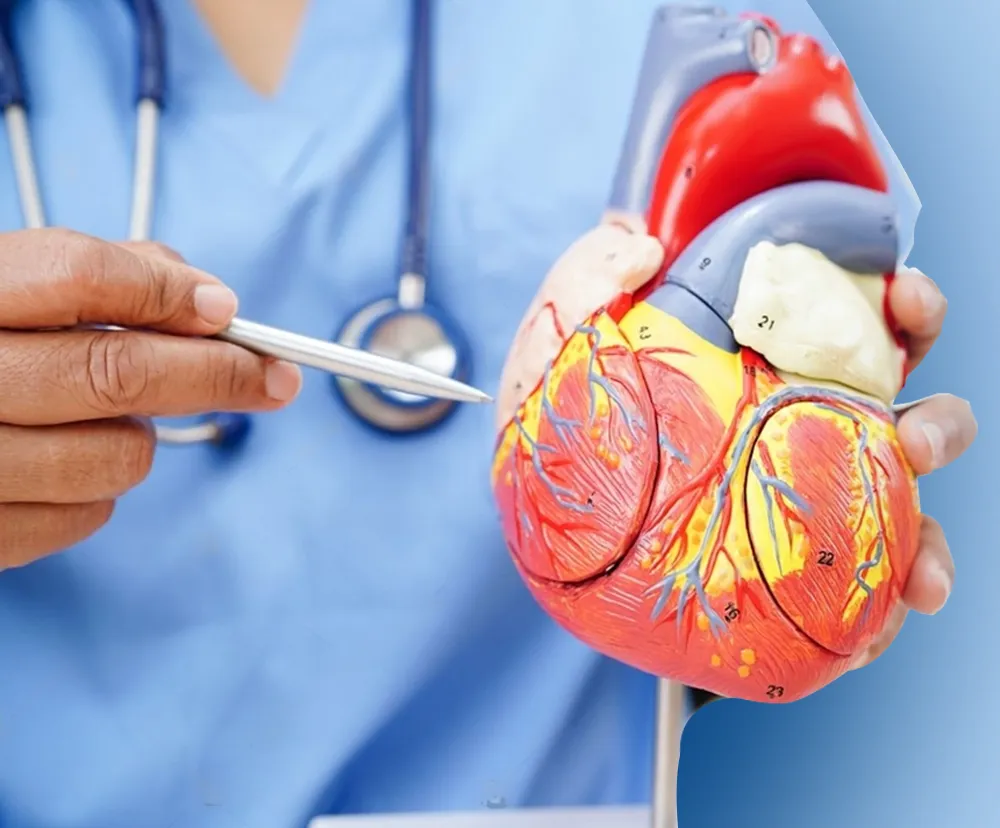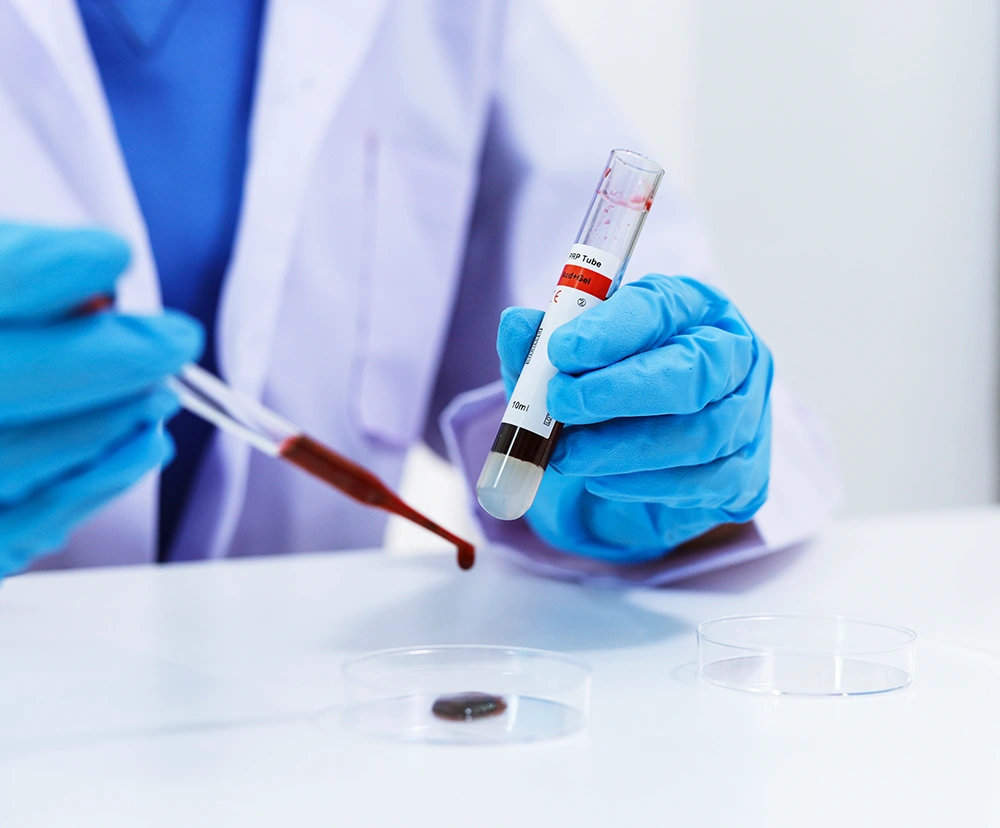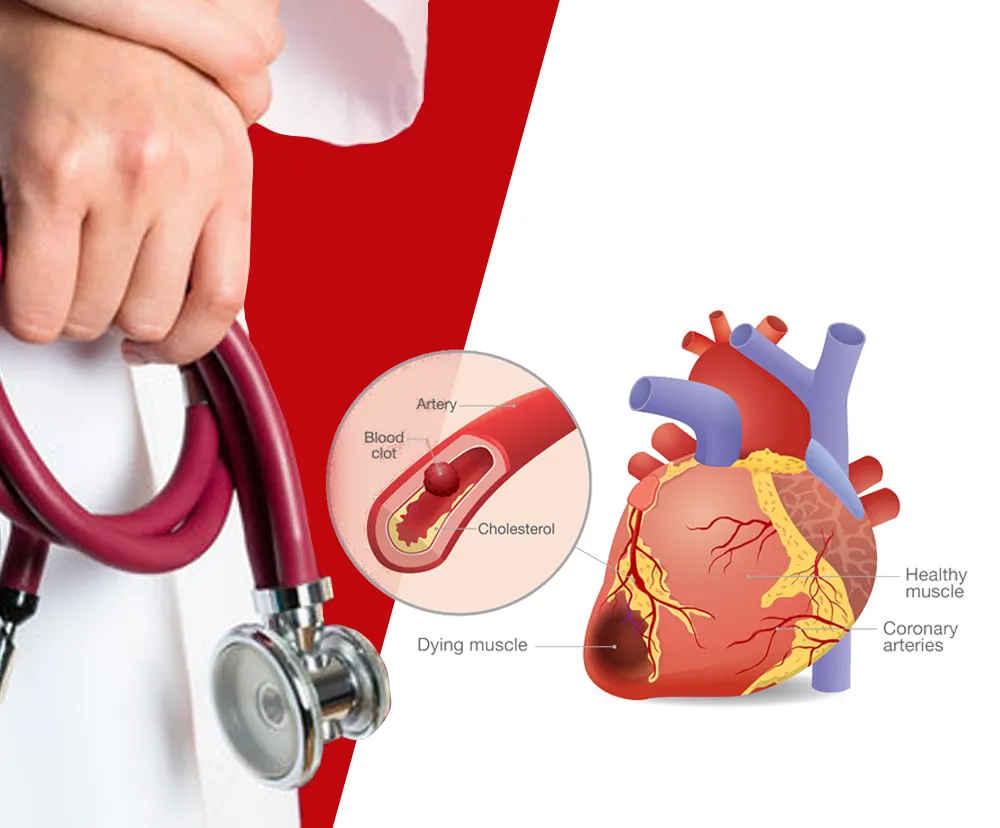General inquiry and information about detecting heart attacks
General inquiry and information about detecting heart attacks
Introduction
Misdiagnosis of heart attacks has been reported in about one third of patients. Statistics from studies in a few areas have revealed that about one third of patients had a diagnosis that was different from that of the first diagnosis. This makes it necessary to be aware how to report symptoms during an emergency or when seeking general inquiry and information. Here are top tips that can help you understand how to detect a heart attack and also when to seek clarifications when in doubt.
Which is the best test to detect heart attack?
There are various tests that are used to detect a heart attack. It is wrong to assume that there is a best test to detect heart attack. A combination of tests are usually performed to come up with a complete diagnosis. All of the tests that are typically performed have their own advantages, and the choice of tests depends on various factors. The symptoms reported by the patient, the condition of the patient and the initial assessment at the hospital will determine the sequence of tests. Therefore, what you report at general inquiry and information you provide about medical history will have a bearing on the tests.
What are the common or primary tests performed to detect a heart attack?
The following tests are considered as the primary tests to detect a heart attack. As mentioned above, the choice of these tests will depend on the condition of the patient, the symptoms and medical history.
1.Electrocardiogram – Abbreviated as ECG or EKG, this test is to measure the electrical activity of the heart. The test is performed by attaching electrodes on the chest, arms, and legs which are then connected to a machine. The test captures the timing and the strength of electrical signals in the heart. During this test, electricity is not passed through the body, but the signals are monitored. The ECG detects abnormal heart rhythms, possible heart muscle damage, and heart attacks that have occurred in the past.
2.Blood tests – These tests are conducted to confirm a heart attack by reading markers in the blood that indicate damage to heart muscle. During heart muscle damage or injury, a specific protein, and a specific enzyme are released in the blood. The blood test detects the presence of this protein and enzyme to indicate if you have had a heart attack. When you make a general inquiry and information request about tests for heart attack, most hospitals give a quick explanation about these tests.
The different markers, such as protein/enzyme that are released during a heart attack include the following:
- Troponin – this is a protein that has typically very low levels in the blood in a person. During a heart attack when the muscle is damaged, this protein is released and results in elevated levels. Tests that indicate higher levels of Troponin offer confirmation of a heart attack.
- Creatine Kinase-MB (CK-MB) – this is another enzyme that helps understand muscle damage during a heart attack. The levels of this enzyme increase in the blood following damage to heart muscle, and blood tests with elevated levels confirm a heart attack.
- Myoglobin – this is also considered as an early indicator of heart muscle injury. However, it is not as specific as the protein troponin, and is therefore not the preferred test.
3.Chest X-ray – This imaging test is often carried out after the ECG and blood tests, and is not always the first test in a hospital. The purpose of the test is to capture an image of the heart, lungs, and blood vessels. This will help detect the size of the heart size, and build-up of fluid in the lungs. Additionally, this also captures other conditions and helps in understanding the reason behind reported symptoms during general inquiry and information.
4.Echocardiogram – this is another test that follows the usual initial tests. This involves the use of ultrasound waves to record a moving image of the heart. This helps to understand the functioning of the heart, and the movement of the heart’s walls. This also captures damage to the heart muscle.
The test involves the use of a transducer, that sends sound waves to the heart. The echoes of sound waves are captured as images for an interpretation of various parameters.
5.Other tests – In addition to the above, other tests include coronary angiography, cardiac MRI, CT coronary angiography and stress tests. These tests are more advanced in nature and are usually performed after the initial tests are conducted.
How to detect heart attack and common symptoms?
Looking for general inquiry and information about common symptoms of a heart attack? The following is a short list of typical and common heart attack symptoms:
- Chest pain with a sensation of tightness and pressure due to a squeezing feeling, apart from pain.
- Abnormal pain and discomfort that radiates across the upper body. For example, the shoulder, arms, back, neck, jaw.
- Breaking out in to a cold sweat.
- Sudden overall tiredness.
- Unusual heartburn or a feeling of indigestion.
- A lightheaded feeling or feeling dizzy.
- Possible nausea.
- Difficulty breathing.
Women are known to have certain uncommon symptoms like a sudden feeling of sharp pain in the neck, the arms or the back.
What you can do if you see someone with signs of a heart attack?
In the event of witnessing a person with possible signs of a heart attack, the following actions may be performed.
- Call for emergency medical assistance.
- If the person has stopped breathing or if a pulse cannot be felt, you can begin cardiopulmonary resuscitation (CPR), if trained.
- If the person is known to you and had been recommended nitroglycerin or aspirin for emergencies, give the respective medicine.
- Wait for emergency health care professionals to arrive.
How will genetic testing help?
Genetic tests help to detect risk of heart attack linked to genetic makeup of individuals. These tests analyze DNA of a person to identify genetic variants that are known to contribute to cardiovascular diseases. Certain inherited risk factors are not detected through traditional risk diagnosis.
Genetic tests involve collection of saliva or blood sample for DNA analysis. This looks for specific genetic markers or variants linked to heart disease. This is compared with known risk profiles to understand the person genetic predisposition to risk of heart disease. This information is always viewed or taken in combination with other analysis or diagnosis to offer you a comprehensive risk assessment.
The main benefits of genetic testing are early detection and pre-emptive treatment to prevent risk of heart attack. These tests are now available in Tamilnadu and can help you understand genetic risk to self and family members who have similar genetic profiles.
Medically Reviewed by
Dr.Rajasekar Cardiologist
Dr. Rajasekar is a cardiologist in Chennai, with extensive experience in the field. He completed his MBBS from Madurai Kamaraj University, followed by an MD in General Medicine and a DM in Cardiology from The Tamil Nadu Dr. M.G.R. Medical University (TNMGRMU).
Related Blogs :

Why You Need To Start Understanding Cardiovascular Disease
Slide HeadingLorem ipsum dolor sit amet, consectetur adipiscing elit. Ut elit tellus, luctus nec ullamcorper mattis, pulvinar dapibus leo.Click Here Previous Next What is the main information...


Life Saving Tips on how to stop Heart Attack
Introduction How to stop a heart attack in 30 seconds? Why time is of utmost importance? How to stop heart attack if you see signs of it...

Doctor of Pharmacy (Pharm.D) from the University of Delhi Experience : Dr. Srinivasan is an experienced pharmacist with a Doctor of Pharmacy degree from the University of Delhi and over 12 years in the field. She has worked extensively in clinical and community pharmacy settings, focusing on patient care, medication management, and drug safety. Dr. Srinivasan also contributes to health and wellness publications and serves as a consultant for pharmaceutical companies and healthcare organizations. Her expertise spans clinical practice, pharmaceutical writing, and regulatory affairs.



